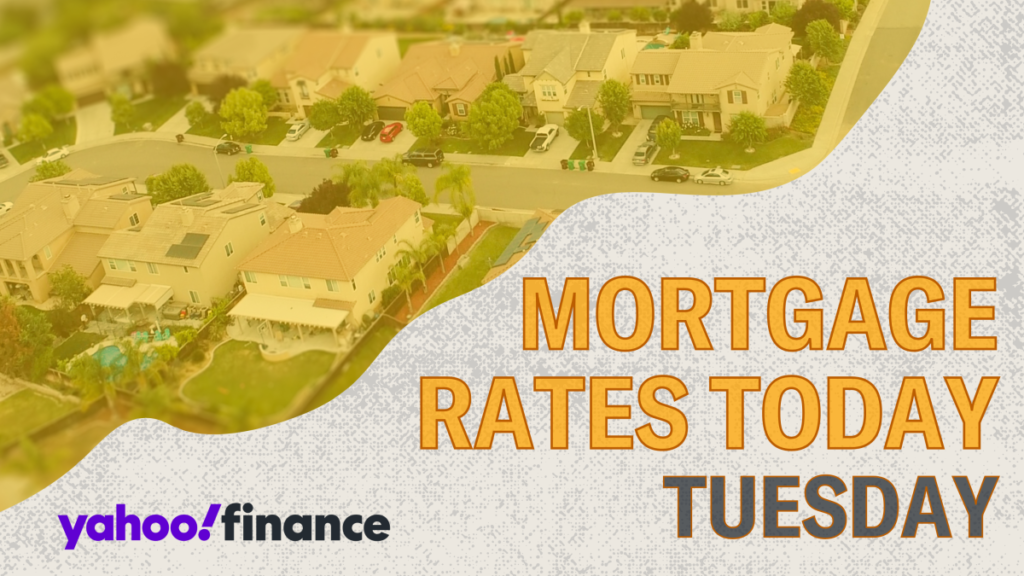Current trends in mortgage rates show a mixed landscape, as data from Zillow reveals shifts in both fixed and adjustable rates. The 30-year fixed mortgage rate has decreased by two basis points, currently standing at 6.55%, while the 15-year fixed mortgage rate remains stable at 5.83%. In a notable development, the 5/1 adjustable-rate mortgage (ARM) has experienced a significant drop of 22 basis points to 6.48%. As the markets react to presidential election outcomes, fluctuations in rates are expected. Even without definitive election results immediately available, market participants will begin pricing in the likelihood of candidates’ success, impacting mortgage rates in the process.
As of now, the current range of mortgage rates also encompasses various types of loans: the 20-year fixed rate at 6.47%, the 7/1 ARM at 6.88%, and VA mortgage rates for 30-year and 15-year terms at 5.90% and 5.41%, respectively. These figures represent national averages rounded to the nearest hundredth, which may differ based on geographical location and individual financial profiles. When refinancing, rates range from the 30-year fixed at 6.58% to the 5/1 ARM at 6.72%, with refinance rates usually trending higher than rates for new purchases.
Utilizing a mortgage calculator can provide potential homeowners with insight on how different interest rates and term lengths could affect monthly payments. Tools like the Yahoo Finance mortgage calculator allow users to input various scenarios, incorporating elements such as property taxes and homeowners insurance, offering a holistic view of monthly payment obligations. Typically, 15-year mortgage rates are lower than their 30-year counterparts, but they come with higher monthly payments, as the debt is settled in a shorter timeframe. For example, on a $400,000 loan obtained at the current rates, a 30-year mortgage would yield a monthly payment of approximately $2,541 and total interest payments of about $514,918, while a 15-year loan would require monthly payments of around $3,339, totaling interest payments of $200,984.
Fixed-rate mortgages lock in an interest rate for the life of the loan, while refinancing can result in a new rate depending on market conditions. On the other hand, adjustable-rate mortgages (ARMs) feature a stable initial rate for a defined period before adjusting periodically based on market factors. An example is a 7/1 ARM that maintains a fixed rate for the initial seven years, then fluctuates annually based on predetermined conditions. Although ARMs can start with lower rates compared to fixed mortgages, they carry a risk of increased payments after the initial fixed period.
The trends observed in mortgage rates have primarily been downward since early August, coinciding with the Federal Reserve’s decision in September to reduce the federal funds rate by 50 basis points. This adjustment tends to inspire fluctuations in mortgage rates that reflect broader economic indicators, as reductions in the federal rate often lead to corresponding drops in mortgage rates. Currently, rates are expected to hover above 6% for much of 2024, with a possible decline anticipated in 2025 as continued Federal Reserve cuts may take effect. However, while experts predict further rate drops in the years ahead, it is essential to understand that these trends remain speculative and are influenced by broader economic conditions.
In summary, current mortgage rates exhibit a mixed trend, with fixed rates like the 30-year and 15-year reflecting slight reductions alongside a significant dip in 5/1 ARMs. Rates are subject to changes based on market responses to political developments and economic signals from the Federal Reserve. Aspiring homeowners and those considering refinancing should utilize tools such as mortgage calculators to gauge their financial options comprehensively. Moreover, understanding the implications of fixed versus adjustable rates, along with the potential impact of economic trends on future rates, is vital in making informed mortgage decisions. The overall trajectory suggests a cautious optimism for lower rates in the medium to long term, contingent upon economic stability and Federal Reserve decisions.

